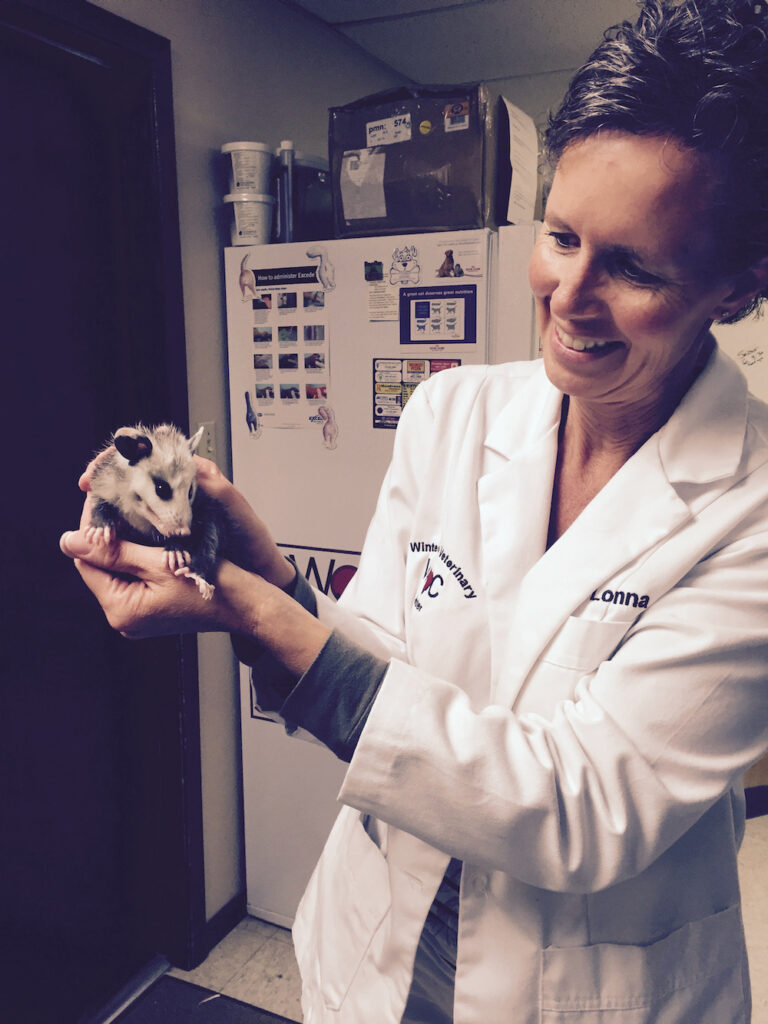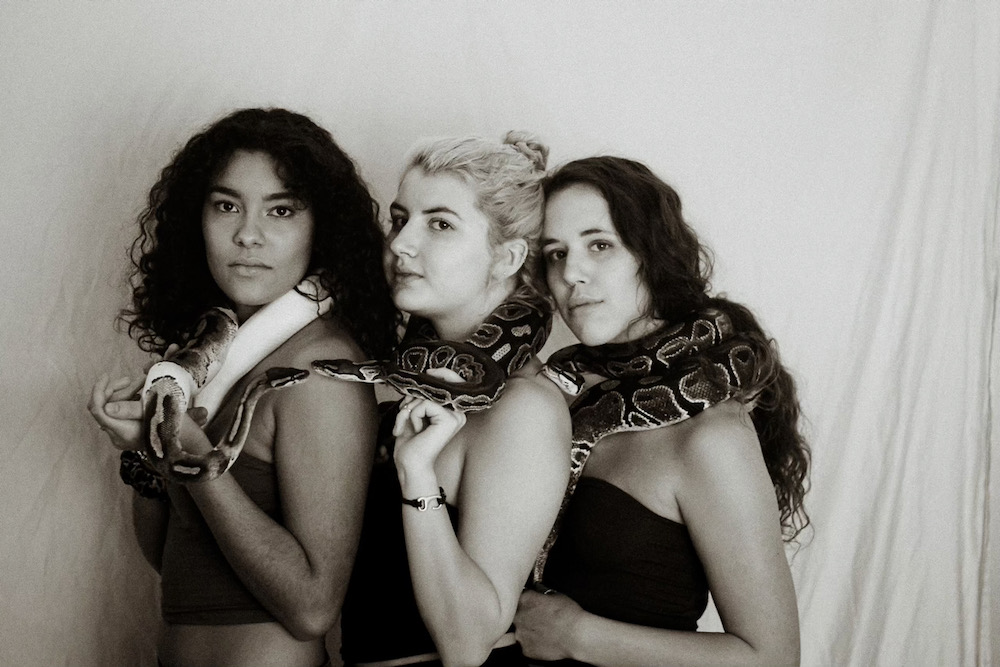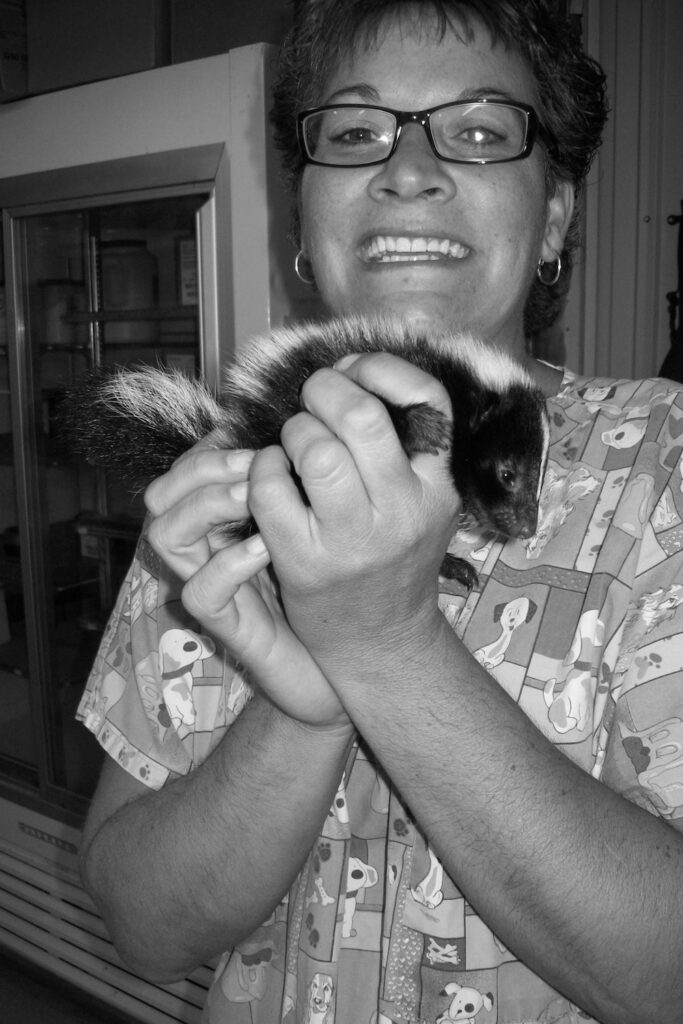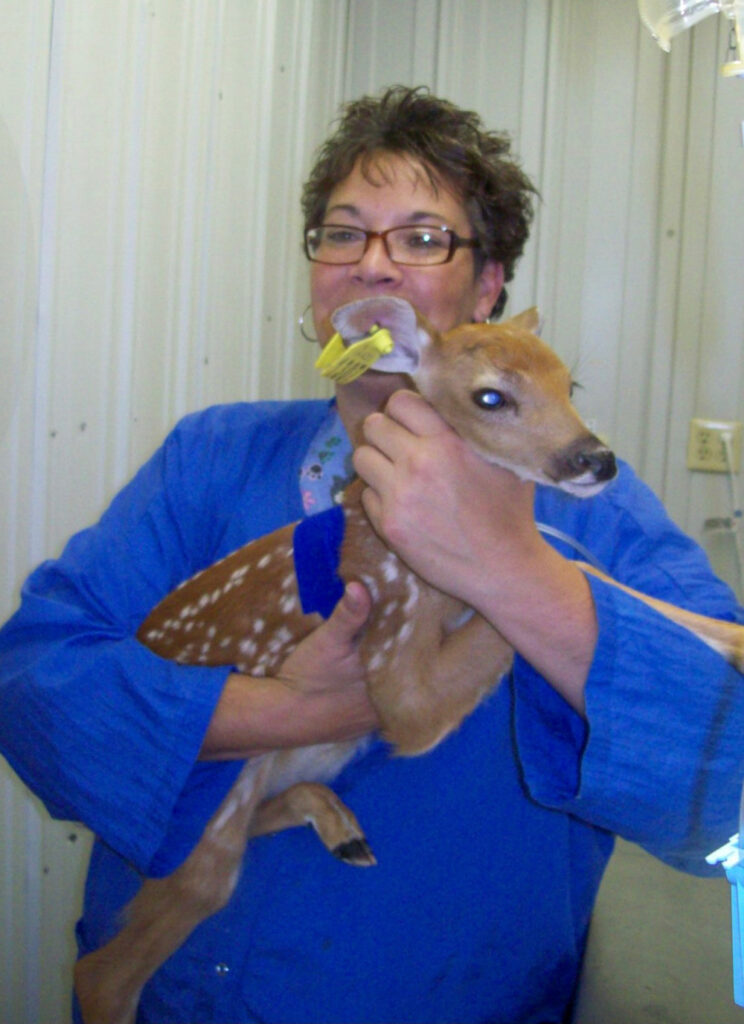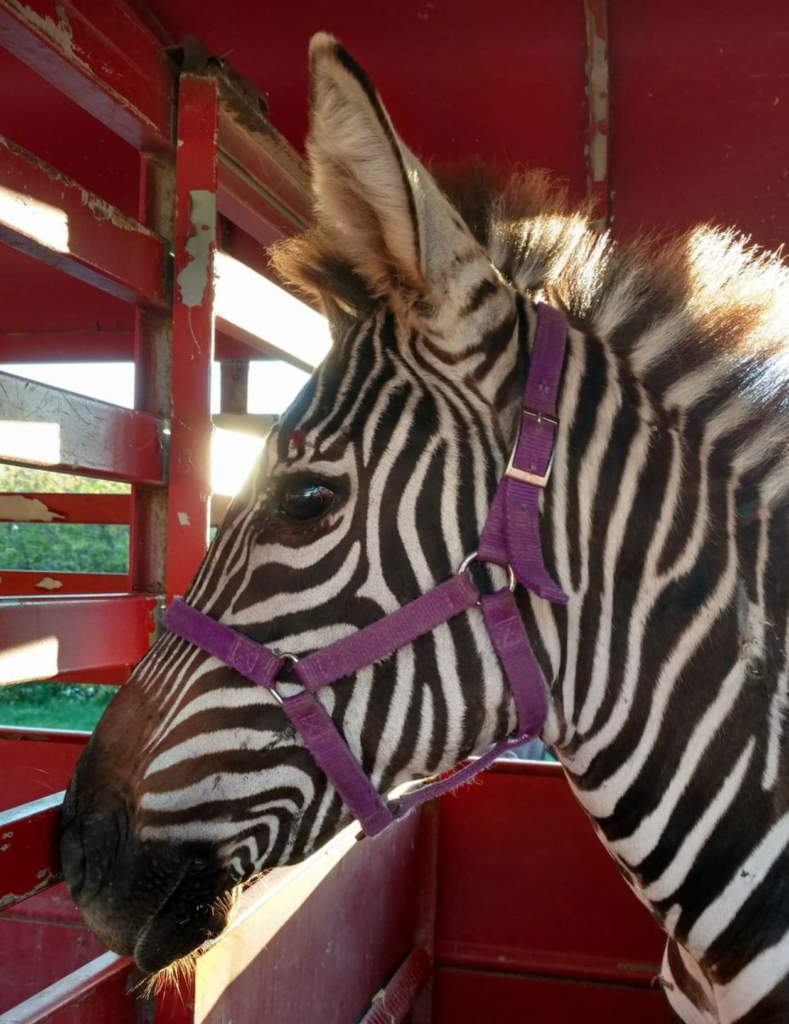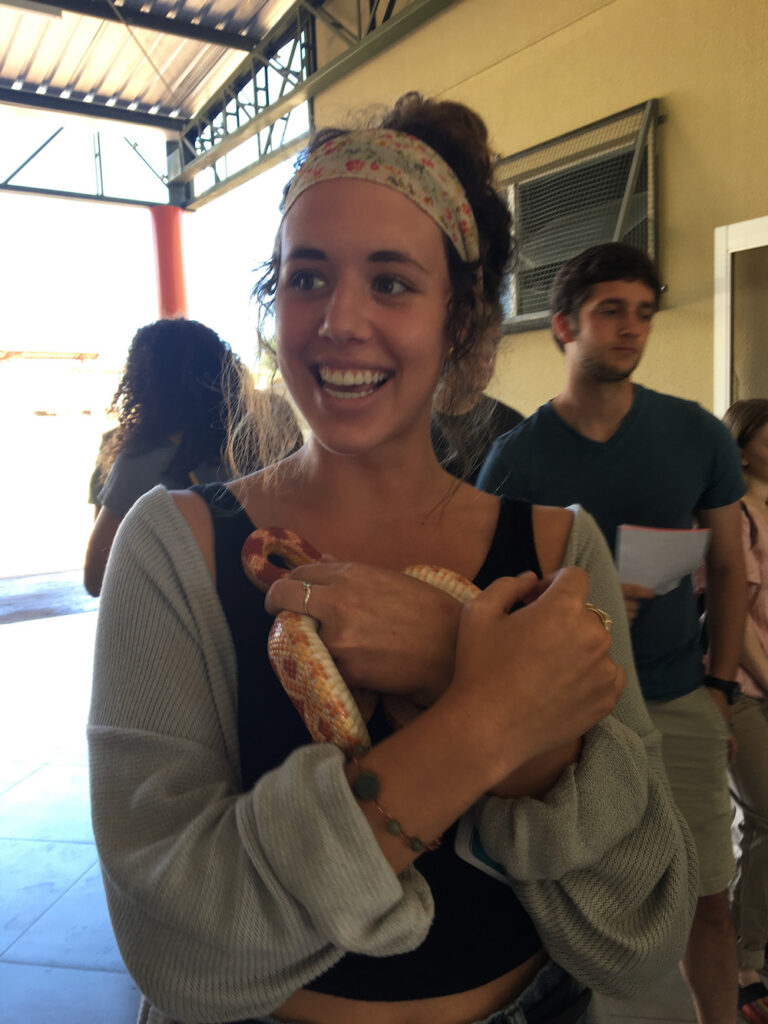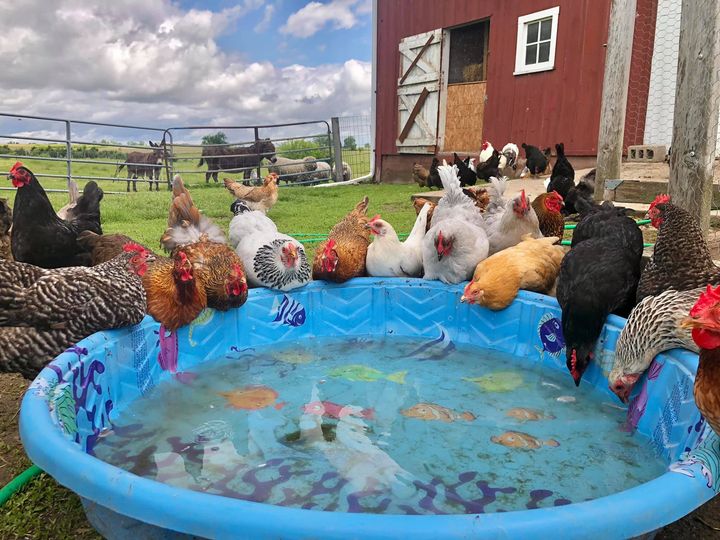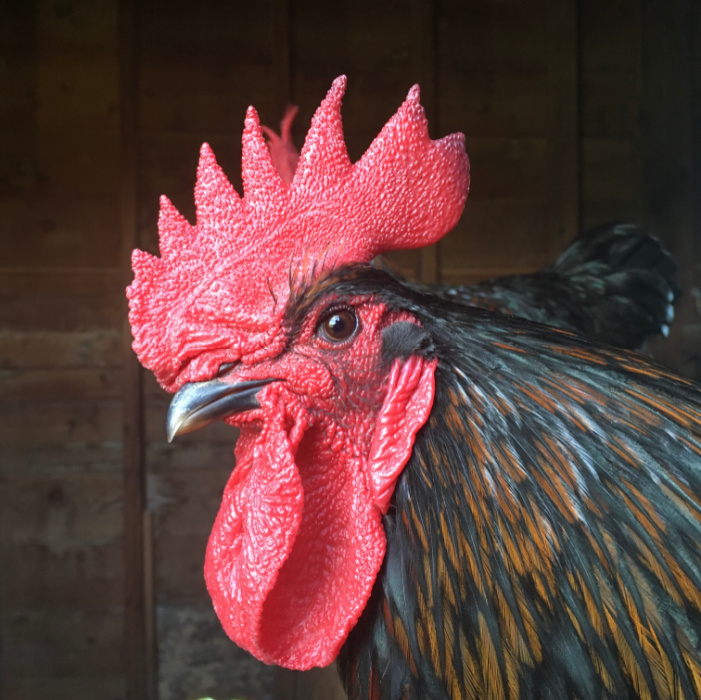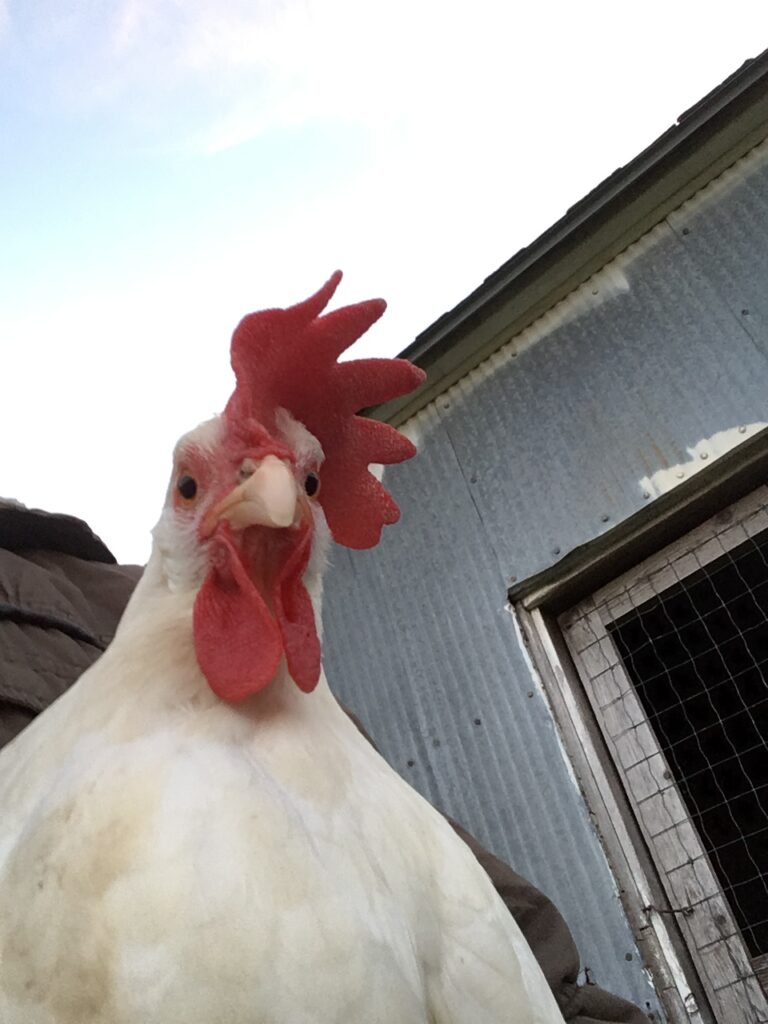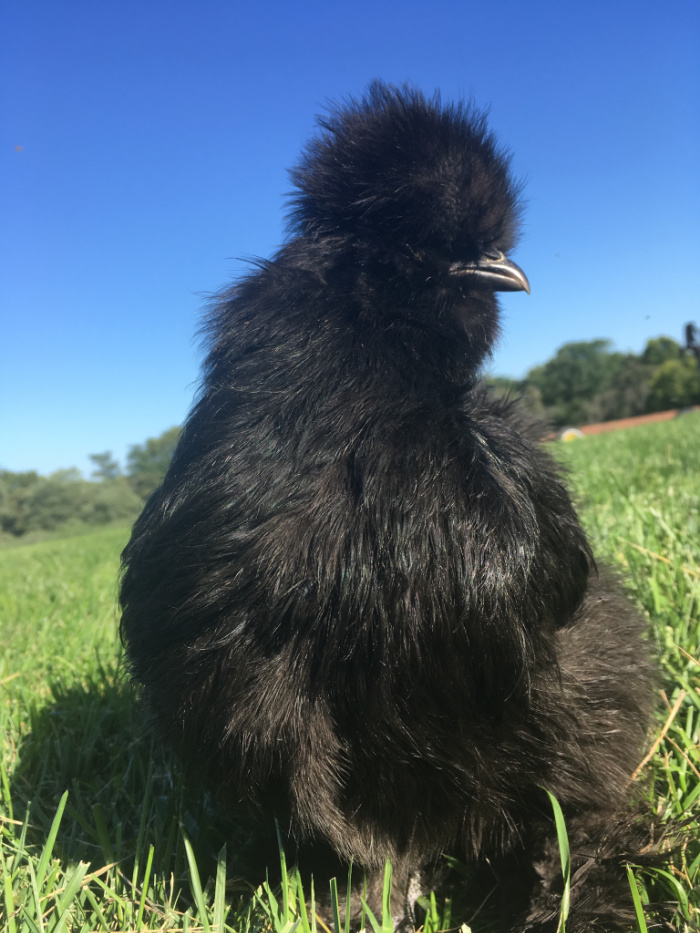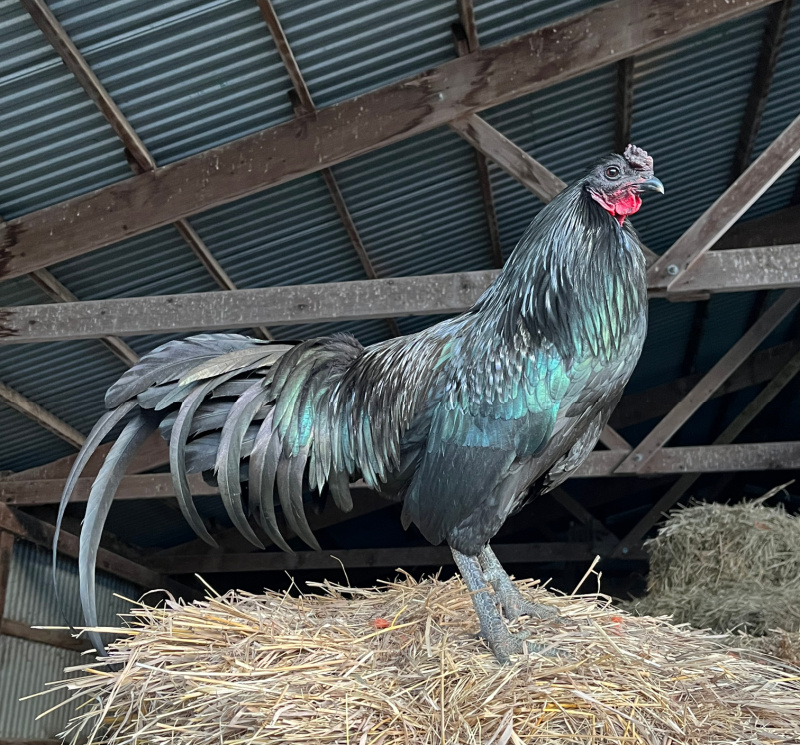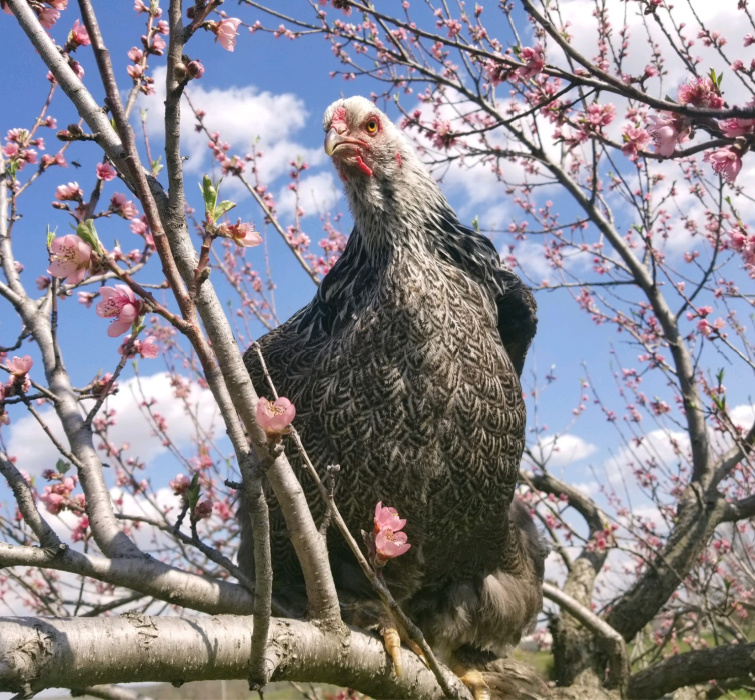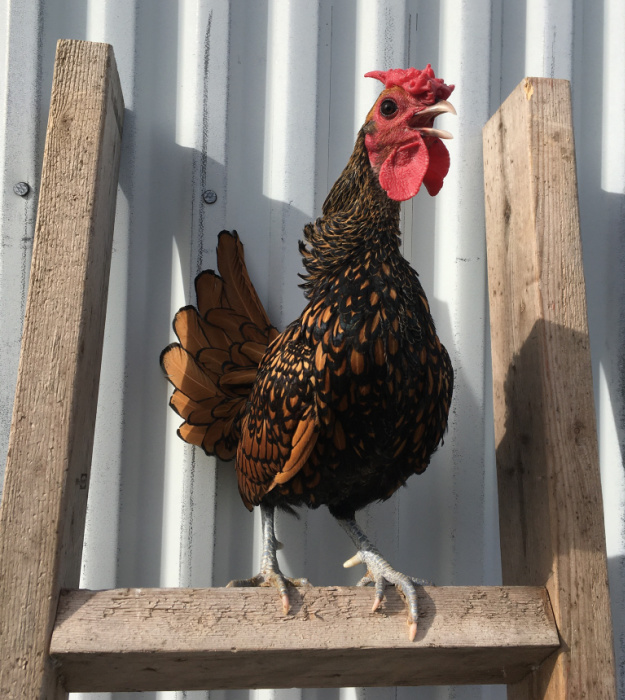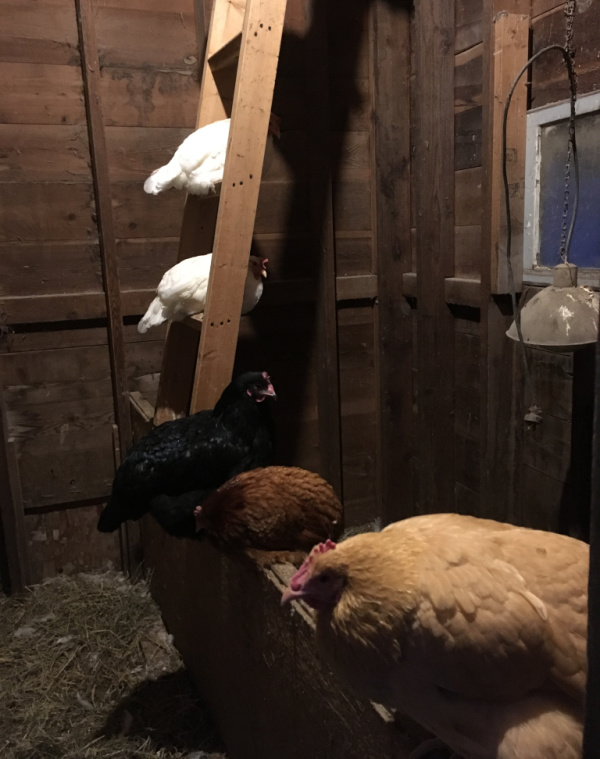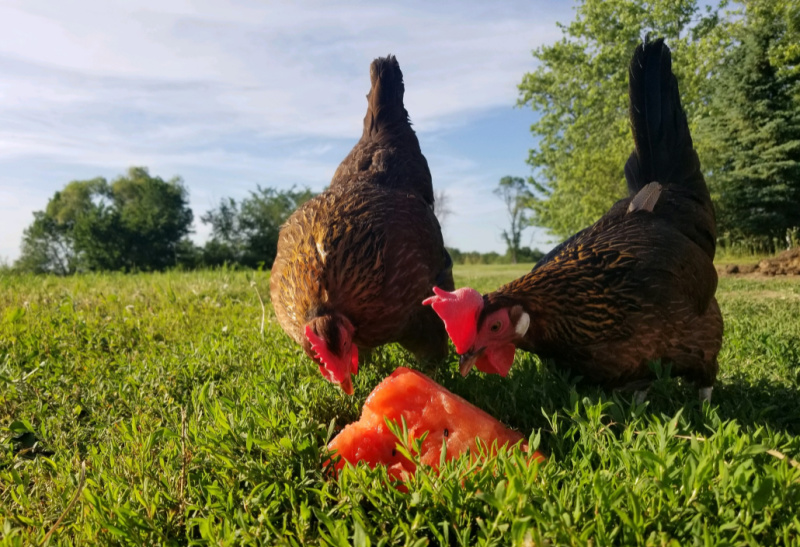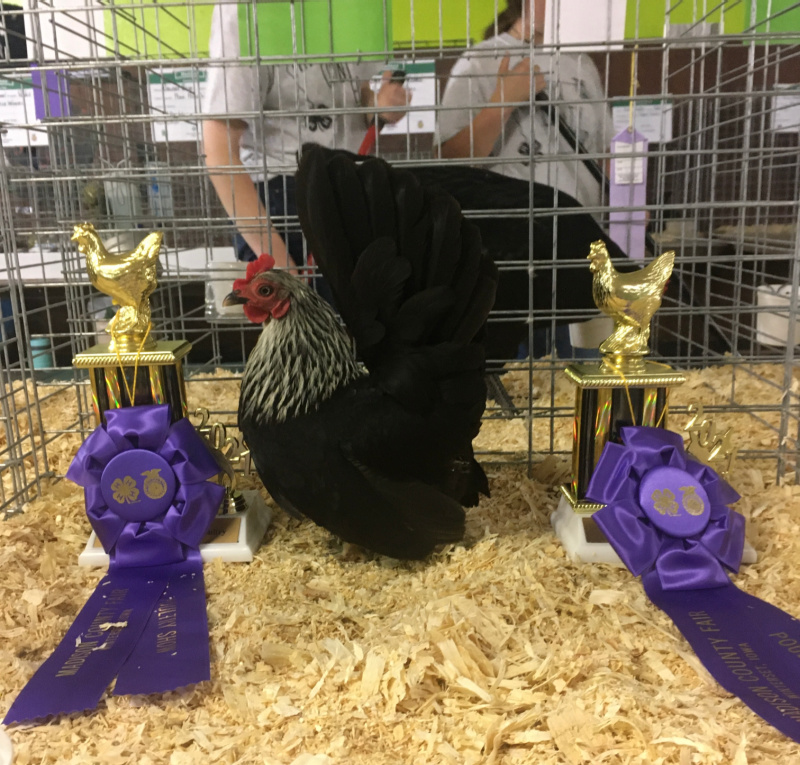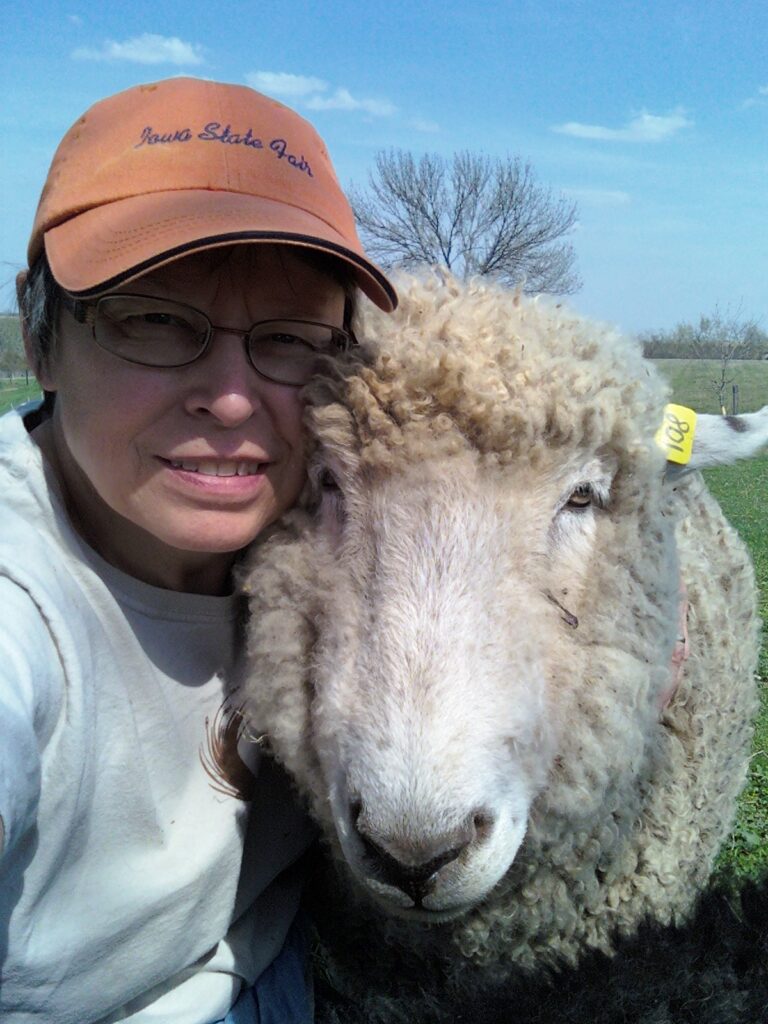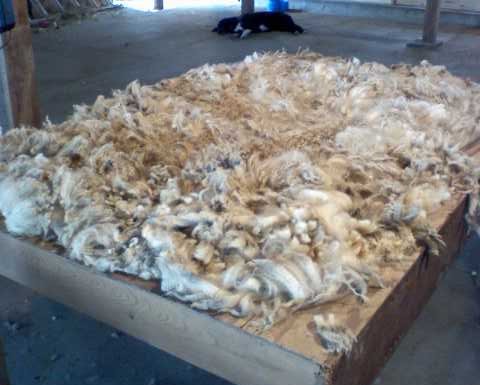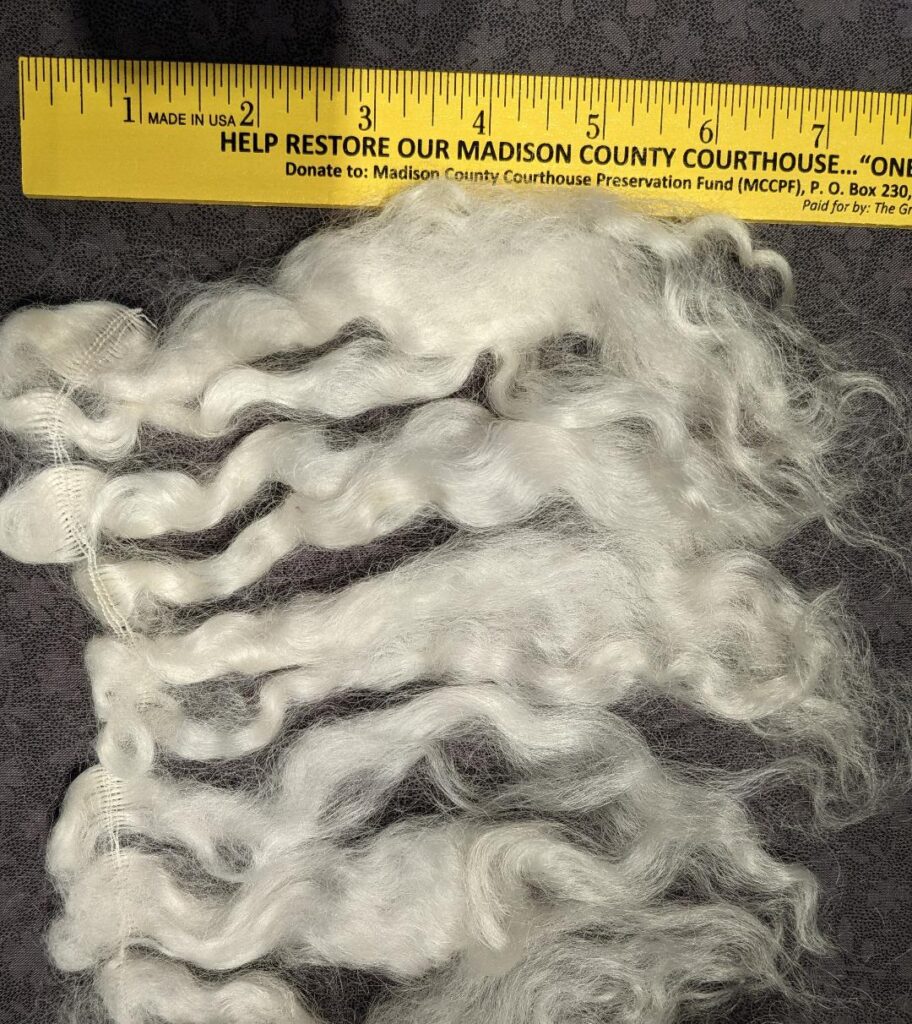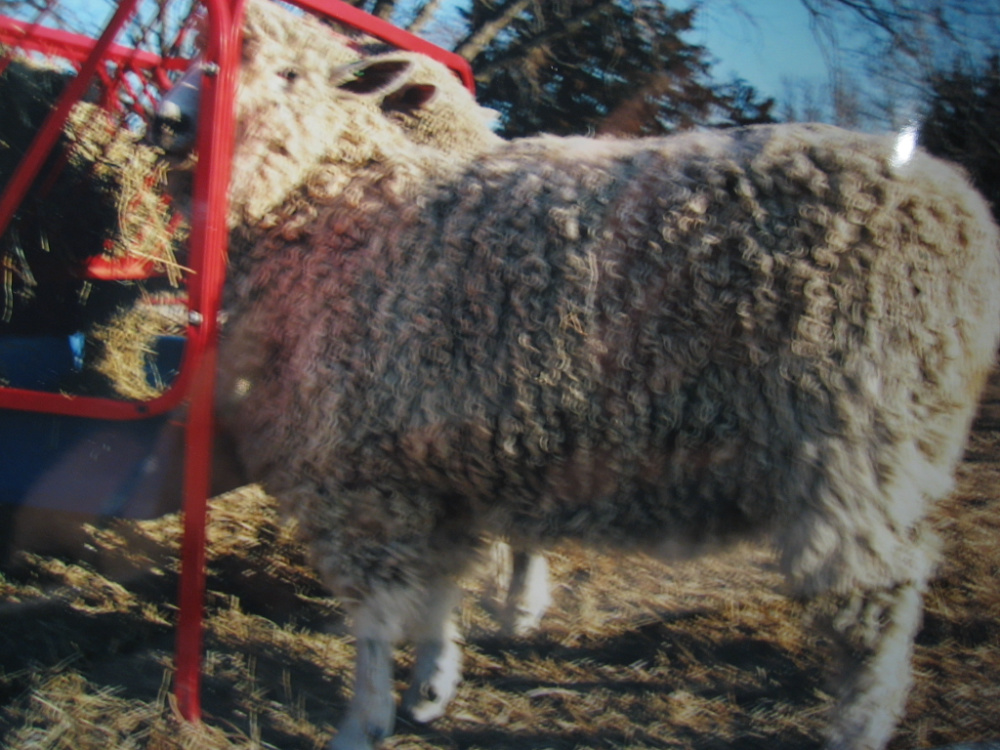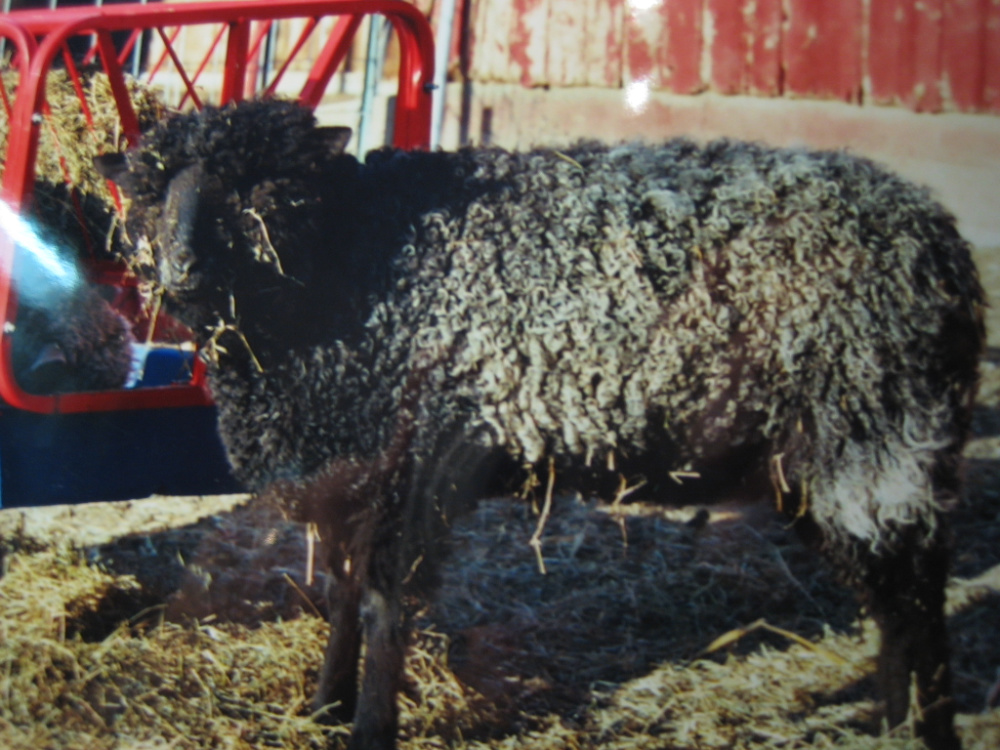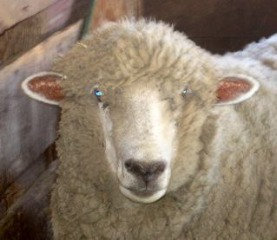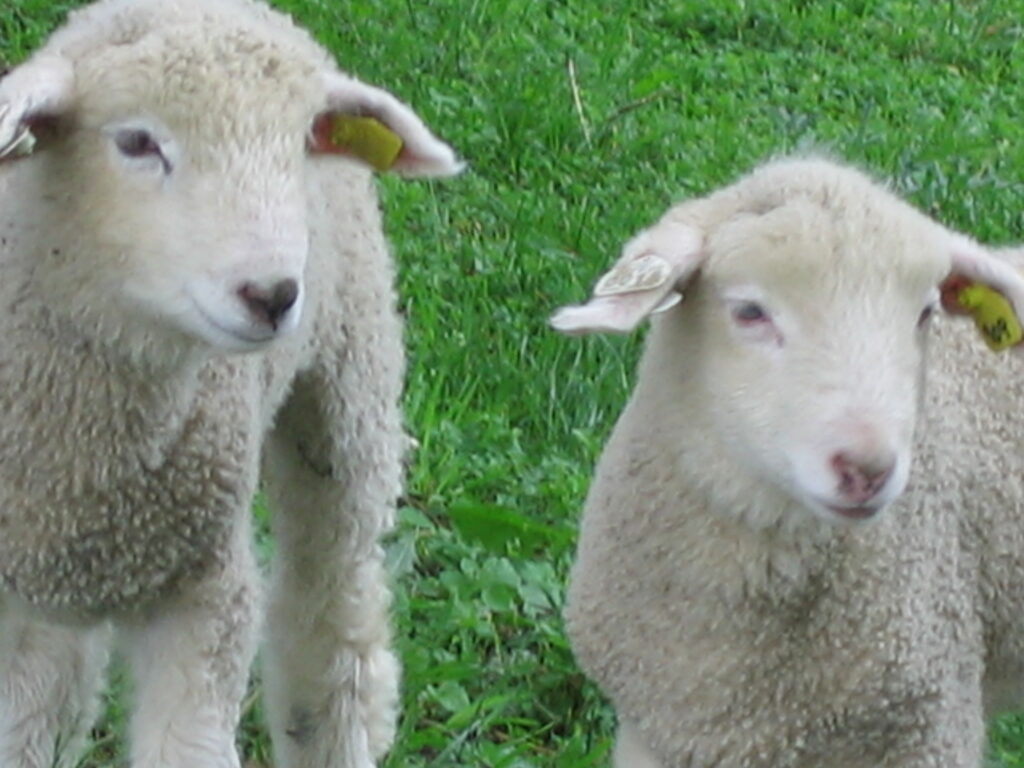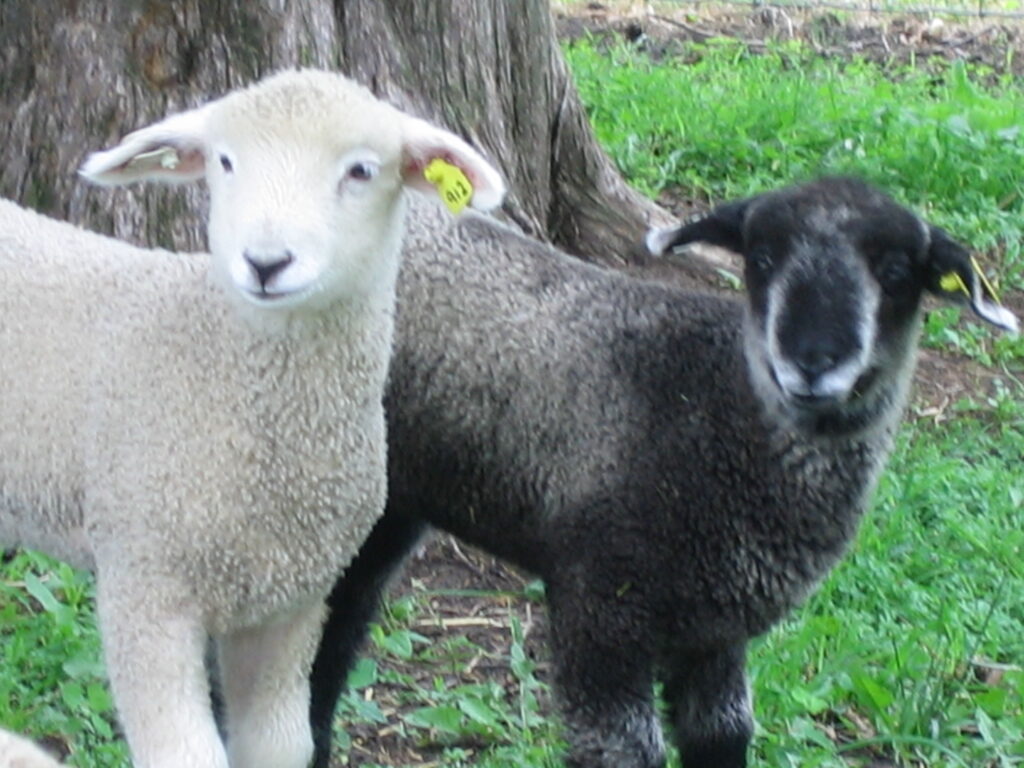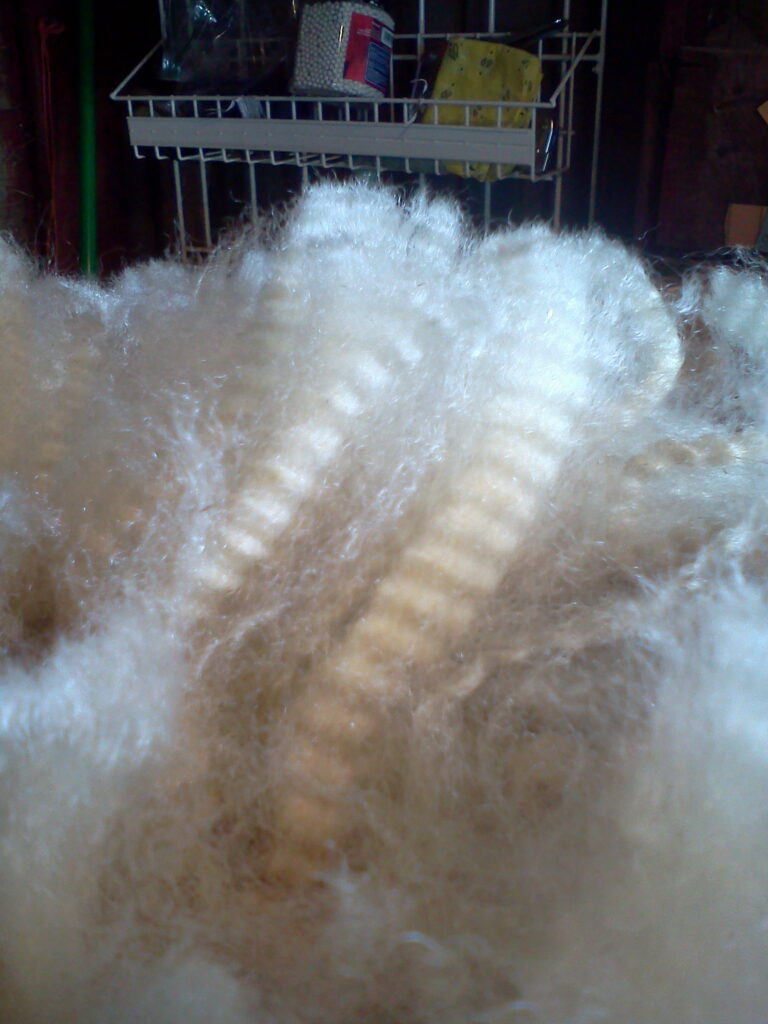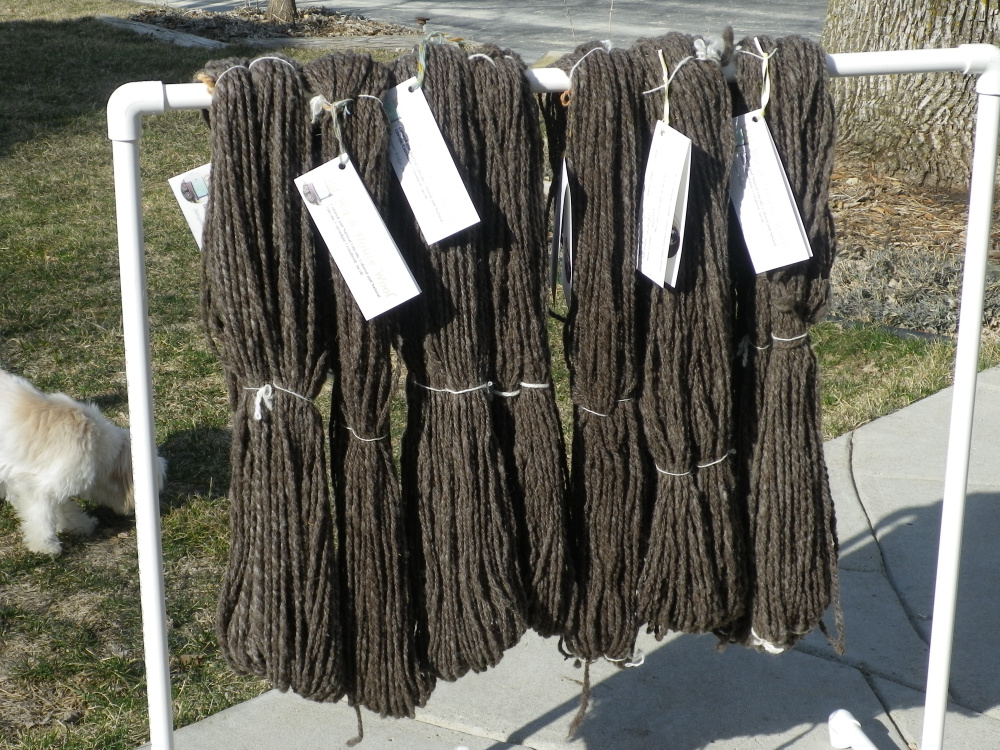Months of Animal Blogs in 2021
We began the year with Alpaca/llama’s followed by mini horses, rabbits, cattle, goats, pigs, sheep, and chickens. I was wondering what I should do to round out the year. I decided that even though I do not do a lot of exotics, zoo, or marine species, this would be a good topic for the final month of 2021.
As veterinarians there is no species that we do not see. We may have preferences for certain species but after receiving your DVM degree and passing your state boards you can treat any and all mammals, birds, reptiles of land, water, and air. This carries with it a great responsibility to explore the variations between these species.
At Winterset Veterinary Center we do see a few exotic species for simple procedures on occasion. It may be a bird for wing or nail trims or a pocket pet for eye issues or a reptile for skin lesions We have had skunks, raccoon, possums, and wild birds brought in for certain procedures. An occasional snake or iguana has entered the practice for one reason or another. I will admit that I am more of a fur and feather veterinarian, but Dr. Jim has always been willing to see “All Creatures Great and Small”.
When these unusual creatures come in often their needs come down to basic husbandry issues. Cleanliness of their cages, temperatures that need to be consistent, water sources that are necessary for healthy skin, diets that are complete with the nutrients needed to remain healthy so they live a long life. Sometimes we have to offer the facts that lead to a difficult decision since some have a short lifespan to begin with. Sometimes we will refer if additional diagnostics are needed. The area of exotics has expanded in the last decade and more people are seeking out treatment for their special friends.
I know that my daughter would enjoy snuggling with a snake as much as a puppy. She said the way they will wrap themselves up around her and give the big hugs has always been a physical high for her. She is the one furthest to the right in this photo. A friend owns these and she has enjoyed their unique personalities.
I have watched exotic veterinarians on television handle the different species that enter their doors and have learned interesting facts. Since my practice days have mostly been in more rural areas we see less exotics. The neat thing is that regardless of what someone classifies as a pet we are given the opportunity to help them stay healthy and live longer lives. These pets mean as much to their owner as a puppy or kitten does to theirs. We must do everything possible to protect that client- patient- veterinarian relationship. As the song goes…
ALL THINGS BRIGHT AND BEAUTIFUL
ALL CREATURES GREAT AND SMALL
ALL THINGS WISE AND WONDERFUL
THE LORD GOD MADE THEM ALL!
As we say goodbye to 2021, Dr. Jim, our staff, and myself would like to thank you for entrusting us with your pets and livestock. We continue to strive to meet your expectations and retain your loyalty and trust. Winterset Veterinary Center cannot exist without our clients and their critters. Merry Christmas and Happy New Year! See you in 2022!
